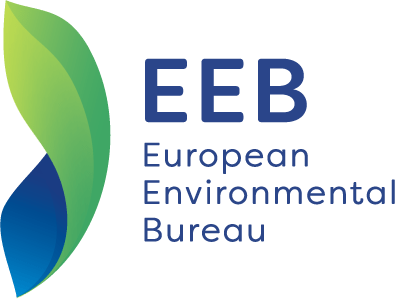Fashion industry’s green claims at risk of being misleading
Rules in development to compare fashion products may give a limited picture of real environmental impact making them unfit to back up green claims, NGOs warn.
The European Commission is set to outline the role it sees for product comparison rules based on the ‘Product Environmental Footprint’ (PEF) method in a legislative proposal on substantiating green claims, planned for release on 30 November.
But civil society groups are concerned the method’s limitations in terms of governance, data quality, social impacts and scope are not being taken into account.
In a letter to the European Commission, 12 groups call for the PEF ‘category rules’ for apparel and footwear not to be used as the standalone method behind any future textile product labelling scheme, for substantiating green claims made in marketing, or in any other EU policy measures.
Emily Macintosh, Senior Policy Officer for Textiles at the European Environmental Bureau (EEB), said:
“It would be problematic if rules that don’t measure the impact of overproduction form the backbone of EU efforts to curb fast fashion. More democratic oversight is needed in the process of drafting product comparison rules.”
Valeria Botta, Head of Nature Protection & Restoration at the Environmental Coalition on Standards (ECOS), said:
“We must address shortcomings with how the Product Environmental Footprint method is being applied to textiles: it does not fully consider chemical impacts, ignores microplastic pollution and overly rewards fibres made from recycled plastic bottles, just to quote a few examples. We are worried that as it stands, alone, it will not provide the right set of information, nor will it be able to meaningfully support policies that address the destructive fast fashion business model.“
The PEF method was developed by the European Commission to create a common approach to conducting assessments of a product’s environmental impacts over a defined lifetime, typically measured from the extraction and cultivation of raw materials to their end-of-life. A group of brands are in the process of developing rules for how to apply the method to apparel and footwear products.
To help non-experts navigate the PEF method and how it is being applied to apparel and footwear products, the EEB has commissioned environmental consultancy Eunomia Research & Consulting to summarise this technical topic. ‘Understanding the PEFCR for Apparel and Footwear: The Role of PEF in Policy’ is published today.
ENDS
- The EEB and ECOS are non-voting members of the Technical Secretariat for the development of the PEF category rules for apparel and footwear.
- The letter is also signed by the following organisations: RREUSE, Changing Markets Foundation, Umweltdachverband, Clean Clothes Campaign, Fair Trade Advocacy Office, ZERO, Future in Our Hands, Amis de la Terre France, IFOAM Organics Europe and Fashion Revolution.
- In the EU Strategy for Sustainable and Circular Textiles, published on 30 March, the Commission stated that the Product Environmental Footprint Category Rules (PEF-CR) for apparel and footwear will be taken into account in the context of developing criteria to substantiate and communicate environmental claims.
- On 14 June, the Norwegian Consumer Authority (NCA) ruled that global average data behind the Higg Materials Sustainability Index (MSI) does not constitute sufficient evidence for product specific claims and that any claims made by companies building on this tool are seen by the NCA as misleading. On 5 October it issued guidance on using the tool. This is relevant for the development of the PEF category rules for apparel and footwear as there could be overlap between the secondary datasets and/or the methodology used by the Higg MSI and the database which the Commission will provide for use with the PEF-CR (the EF 3.1 database).

